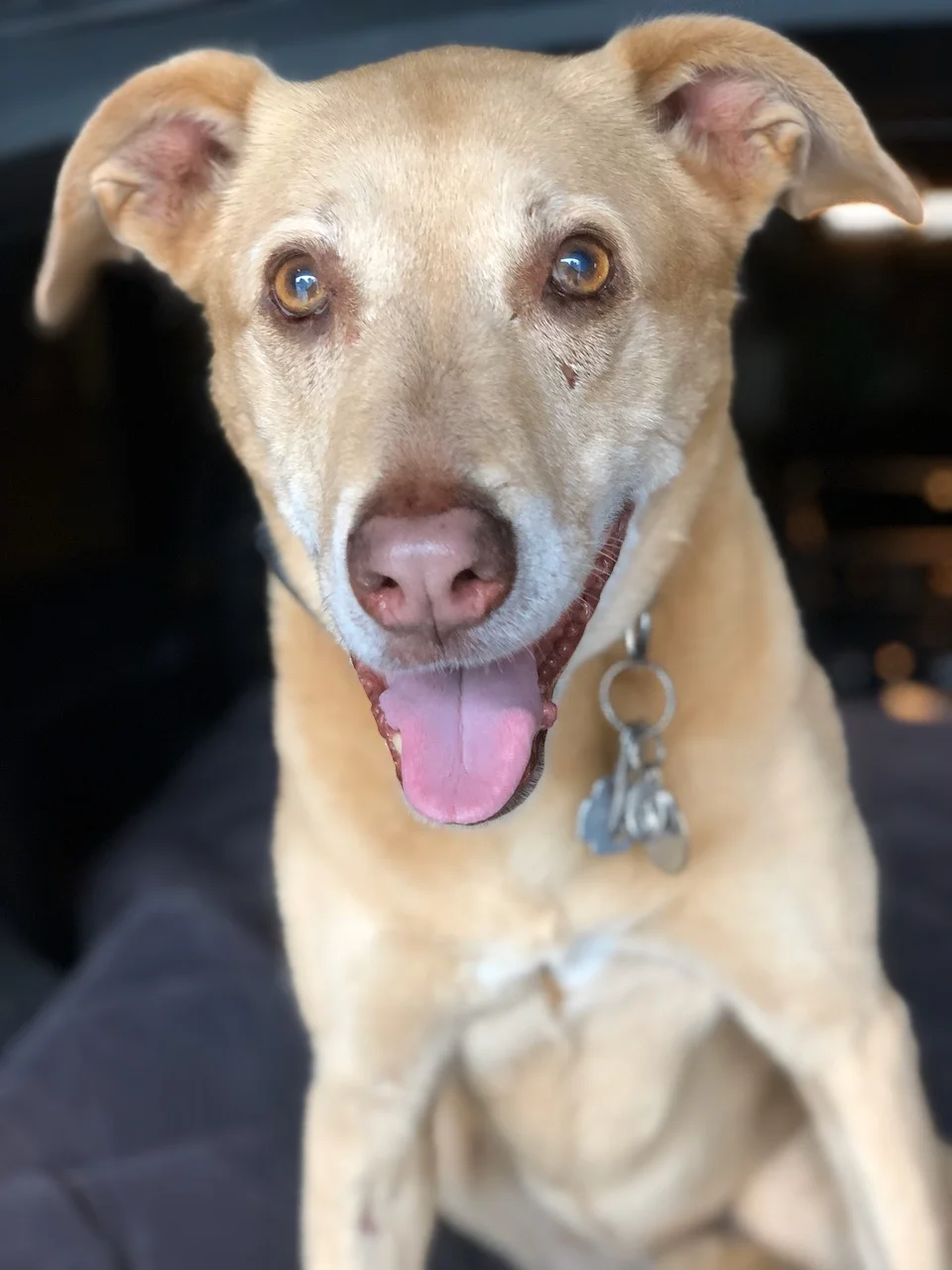 I had dinner with my friend Jerry Solomon last night. We stopped by a party that mourned the end of an iconic New York advertising agency, Cliff Freeman and Partners. And then went to dinner at a restaurant Jerry’s sister the Gotham Gal recommended on her blog. Breslin.
I had dinner with my friend Jerry Solomon last night. We stopped by a party that mourned the end of an iconic New York advertising agency, Cliff Freeman and Partners. And then went to dinner at a restaurant Jerry’s sister the Gotham Gal recommended on her blog. Breslin.
Cliff Freeman was known, among other things, for Where’s the Beef. Though I don’t think I ever consciously decided to eat at Wendy’s because of Clara Peller.
The Gotham Gal’s blog, however, has become a trusted source. Except for the wait, Breslin delivered as promised. A testament to the power of earned versus bought media.
During dinner we talked about why companies like Cliff Freeman fail. Companies that for years appear successful and often aspirational. Companies that know they need to change and talk passionately about change even as they do nothing to change.
In every company we work with, the reasons some successfully evolve and some don’t are many and varied.
The ones that do have four things in common:
- A conviction that change is necessary
- A willingness by the owners and senior managers to see themselves differently
- A vision for what they want the company to become
- A means to get from today to tomorrow through a process
They do not look for the path of least resistance.
Because, as Jerry observed last night, the path of least resistance is not, in fact, a path.
It’s a self-deception.
Designed to offer the illusion of progress.
While keeping you firmly in the same place.


























